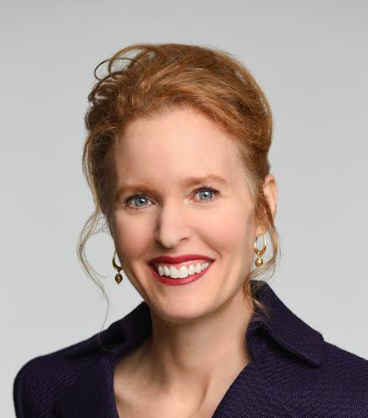
“It blows my mind that this is coming up now: Real estate risk from the physical impacts of climate change.”
That’s how Neil Pegram, Director of Americas with GRESB, a global investor-driven benchmark organization that tracks real estate portfolios’ environmental, social and governance performance, welcomed attendees at GRESB’s affiliate event at last week’s Global Climate Action Summit.
Pegram was noting how slow the real estate industry has been in turning its attention to the impact of climate change on real assets, even though climate resistance has become an investment imperative in a sector where such investments often are held for a decade or longer.
It seemed apropos that the GRESB event was taking place as the East Coast prepared for Hurricane Florence’s anticipated wrath and as the real estate industry absorbs the news that 2017’s natural disasters caused an estimated $220 billion in property and infrastructure damage – two-thirds of the $330 billion in global economic losses, figures Munich RE.
In March, GRESB released a new resilience module, an optional supplement to the GRESB Real Estate and Infrastructure Assessments. It is a significant improvement over the paltry resilience checkbox that GRESB included in prior benchmark frameworks.
GRESB leaders acknowledged it was the Financial Stability Board’s Task Force for Climate-related Financial Disclosure (TCFD) recommendation that information related to governance, risk management, strategy, and performance metrics be disclosed that caused them to fortify the resilience benchmark.
Several real estate investors in attendance described their portfolio’s resilience – and they reinforced the view that an industry awakening has begun. Nina James, General Manager, Corporate Sustainability, for Investa said that resilience generally is considered a “mega trend” and investors place it in the category of a “taking a long-term bet.” Like technology, climate change is viewed as a disruption that influences thinking and begs questions about what effective asset stewardship should look like.
Martin Kholmatov, Senior Responsible Investment Specialist at AIMCo, acknowledged that a new set of stresses and shocks exists. “They make us wonder, how is the business model going to evolve.” He said, adding that he and others think that “a proxy for good management is looking at ESG [Environment, Social and Governance] issues.”
Romilly Madew, representing Australia’s Green Building Council, noted that a growing number of investors ask about resilience. “We tell our members to deal with resilience now and be prepared because investors are going to ask,” she explained.
And Michelle Bachir of Deloitte pointed out that the firm’s advisory clients “are wondering what to put out there to make it decision useful for investors. Our clients want to portray their leadership in the space. This is an exciting time.”
But GRESB’s data don’t completely confirm this positive tone. Only 13 percent of Real Estate Assessment GRESB responders – just over 100 firms – submitted information for the resilience module. The vast majority reported on only 20 percent of the resilience module, a poor showing indeed.
Adam Kirkman, Head of ESG at AMP Capital struck a conservative note by asking, “Where is the right time to pull the lever to future proof an asset based on risks down the track….What is the financial engineering resilience required?” He also pointed out that benchmarking is for the current real estate portfolio, while resilience decision-making needs to be built into new assets, too.
Ari Frankel, Sustainability & High-Performance Buildings, Alexandria Real Estate Equities, Inc. put a fine point on the challenge beyond GRESB. Unlike other reporting frameworks such as GRI that requires quantification of progress and check boxes relating past information, TCFD is “transformative, because you are asking investors to look at forward-looking, qualitative and scenario-based uncertainty.”
Let’s hope these real estate mavens attended the actual Global Climate Action Summit. They would have heard from leaders as varied as James Lee Witt, former FEMA director and current advisor to Fortune 500 companies; Lionel Johnson Jr., mayor of St. Gabriel, La.; former U.S. Vice President Al Gore; Henk Ovink, Special Envoy for International Water Affairs for the Kingdom of the Netherlands; and Johan Rockström, executive director of the Stockholm Resilience Centre. They warned that the real estate sector’s ongoing drive for coastal development was on a collision course with climate risk, imperiling real estate assets and humans.
The UNFCCC’s 3rd Biennial Assessment and Overview of Climate Finance Flows released in April -- a month after GRESB’s resilience module – calculates that real estate assets at risk in 2070 will be $35 trillion (total value). Now that’s mind-blowing.
Image credit: NOAA Environmental Visualization Laboratory

Joyce Coffee, LEED AP, is founder and President of Climate Resilience Consulting. She is an accomplished organizational strategist and visionary leader with over 25 years of domestic and international experience in the corporate, government and non-profit sectors implementing resilience and sustainability strategies, management systems, performance measurement, partnerships, benchmarking and reporting.














